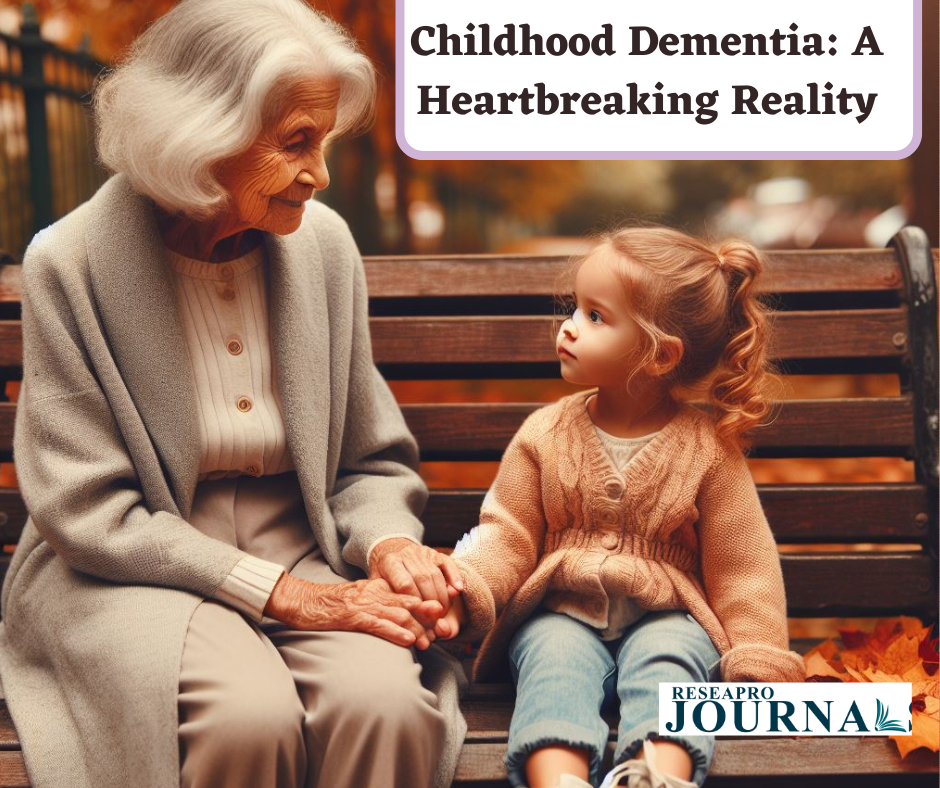
Childhood dementia is a heartbreaking reality for 1,400 Australian children and young people. Stemming from over 100 rare genetic disorders, it triggers progressive cognitive decline and profound behavioral changes. Shockingly, many won’t reach age ten, and most won’t see 18. Unlike dementia in later life, childhood dementia is driven by DNA mutations disrupting crucial brain metabolic pathways. This cascade leads to nerve pathway failure, neuron death, and irreversible cognitive decline. Symptoms emerge around age two, after a period of seemingly normal development. Affected children lose acquired skills like speech and mobility. (Tramadol online) Aggression, sleep issues, and seizures become common.

Treatment options are scant and often inaccessible in Australia. Enzyme replacement therapy, the primary treatment, is limited to specific forms and shows promise. Experimental therapies targeting faulty protein production or brain inflammation are being explored. Despite its severity, childhood dementia receives far less funding than childhood cancer, despite similar mortality rates. Lack of access to clinical trials compounds the issue, leaving families feeling powerless as progress happens elsewhere. But recent funding injections into childhood dementia research offer hope. Increased global funding is crucial to tackle its diverse conditions and bolster support systems for affected families.
Together, let’s raise awareness, support research, and provide hope to those grappling with childhood dementia. Join the movement for increased funding and resources to make a tangible difference.
